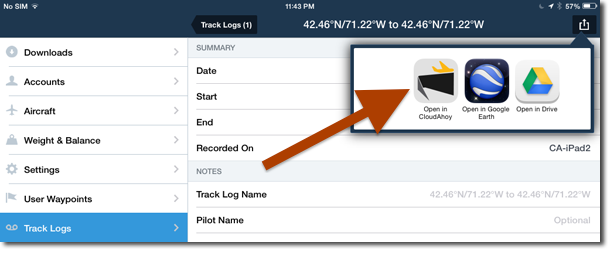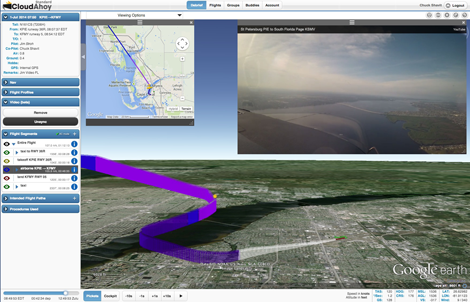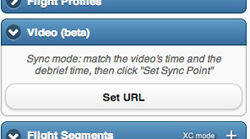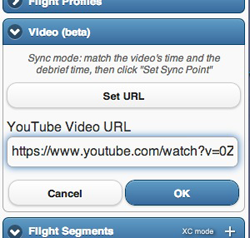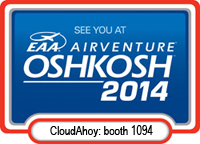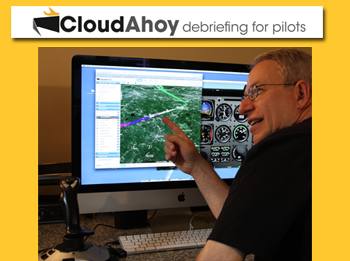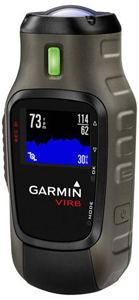 Garmin’s VIRB video camera is gaining popularity among pilots. VIRB also captures the flight’s GPS data, and that data can be imported to CloudAhoy for further debrief.
Garmin’s VIRB video camera is gaining popularity among pilots. VIRB also captures the flight’s GPS data, and that data can be imported to CloudAhoy for further debrief.
James Papafagos is using VIRB with CloudAhoy, and he was kind enough to write the bulk of today’s post. The stage is yours, James:
Uploading a .gpx file from your Garmin VIRB to CloudAhoy.
Connect your VIRB to your PC / MAC via USB and open the USB drive that should now be available.
Open the “Garmin” directory then open the “GPX” folder. You will see file named “Track_2014-9-23 145854.gpx” (for example)
It helps to have the directory view that shows the date modified so you can locate your specific flight if you have many recorded.
You can upload this file to CloudAhoy now by clicking “flight import”.
But… you probably have a flight longer than 20 min or so and have 2, 3 ,4 video clips and for each clip.. the VIRB created a new .GPX file. NOW WHAT?
If using a MAC, download the light version of Adze form http://kobotsw.com
You will use this to import your multiple .gpx files into one, and then upload that combines file to CloudAhoy.
Run Adze, just drag and drop all the .GPX files for your flight
Select all the tracks by clicking on the first track, hold down shift and click on the last track
With theses tracks selected, click on the “glue” icon (or press “command – M”)
You will now have ONE track that contains all the data from the multiple tracks you started out with.
Now, go to File, Save As. to save the new file. This file can now be uploaded to CloudAhoy!
Thank you James!
As always, any feedback is most welcomed.
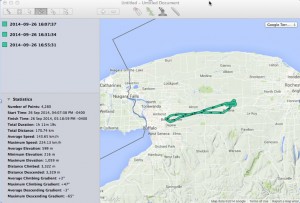
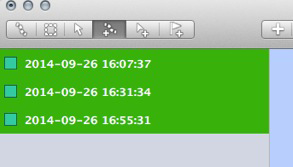

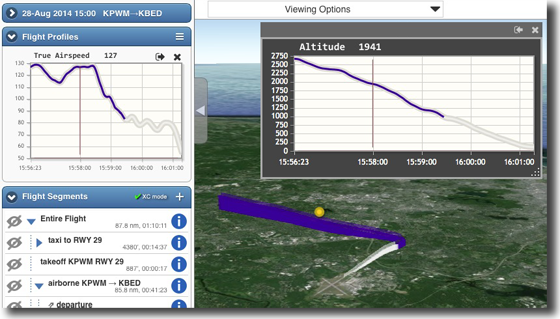
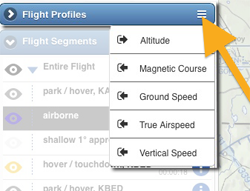
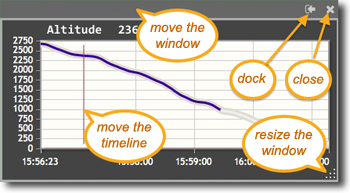
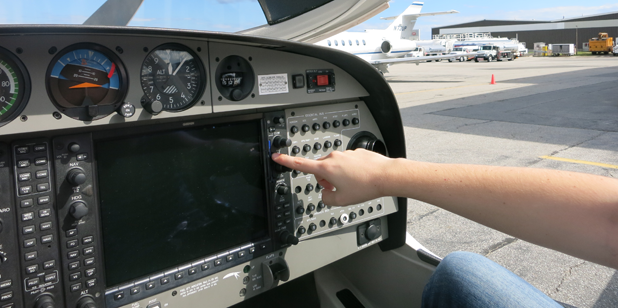

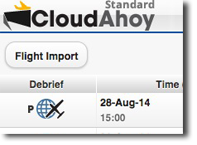 Open the folder. It would typically contain a data_log folder, and in it the flight file in CSV format.
Open the folder. It would typically contain a data_log folder, and in it the flight file in CSV format.